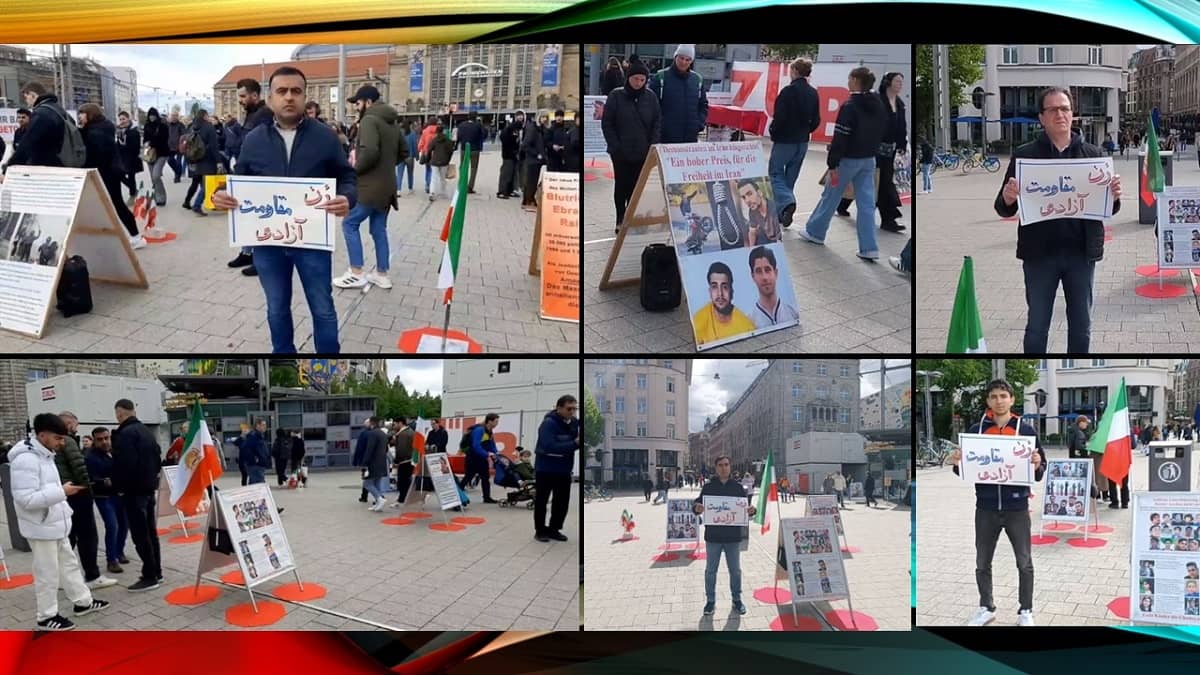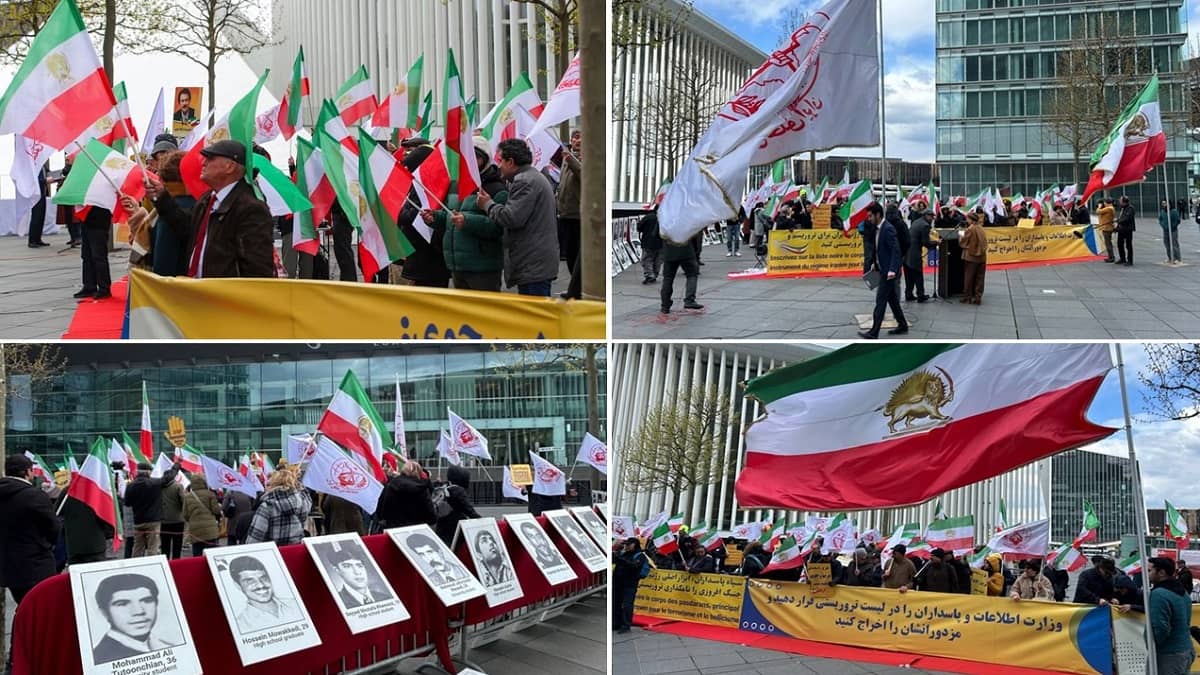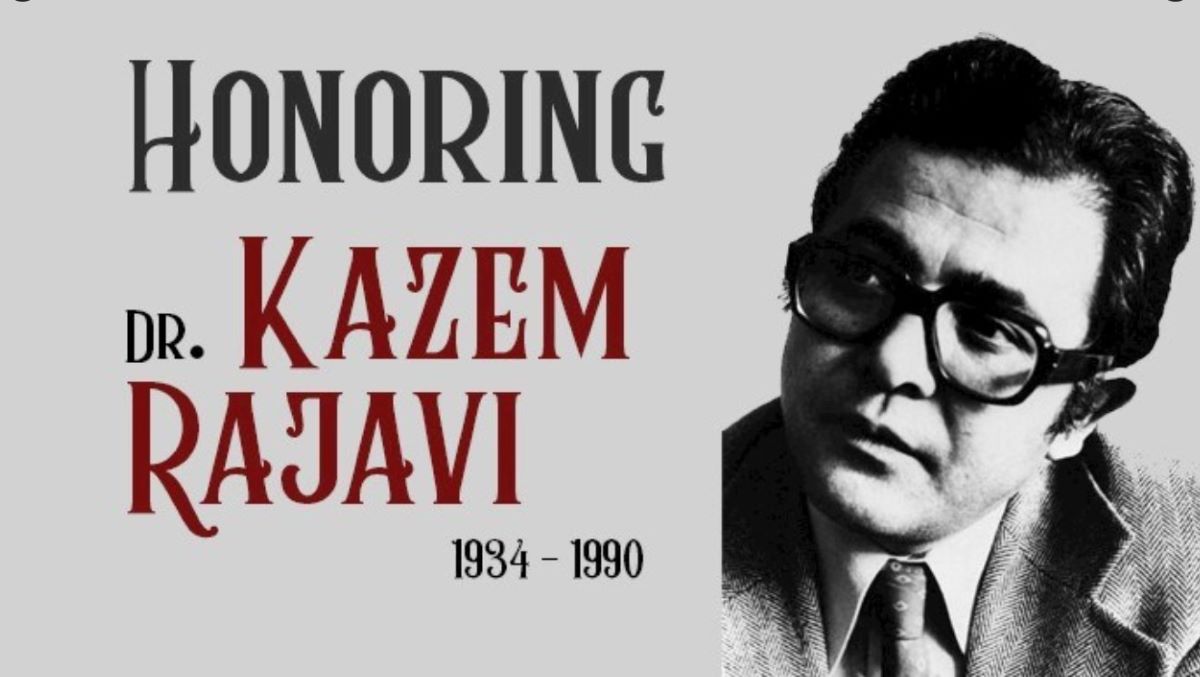Iran regime’s social media crisis
By: Iran Freedom staff writer
Wide usage of the internet by the Iranians has created a social media crisis for the despotic regime in Iran. More than half of the 80 million Iranians, especially the youth, use the internet encrypted messaging applications, to share news and information. This is the fact that has got the entire regime apparatus gravely concerned of growing dissent and the spread of unrest in the country.
Actually, social media crisis appeared to the regime after the huge anti-government protests exploded after the disputed presidential election in 2009.
At that time, many users saw the Internet as an easy way to get around regime’s censorship, as well as to challenge the government’s narratives aiming at concealing the brutality of the violent crackdown on the protesters. Since then filtering of social media has turned into a weapon for the regime to confront the flow of information that in many cases were calls for protest gatherings and uprisings.
According to the National Council of Resistance of Iran, as the regime in Iran faces a variety of crises, its deputy public prosecutor expresses concerns about cyberspace; as the social media crisis becomes extremely worrisome for Tehran.
Reporters Without Borders has designated Iran under the rule of mullahs among the “enemies of the internet” states and more specifically, among the six top ones that actively block social media networks.
Concerns over social media crisis and the lack of proper measures to cope with it (read social media censorship), has brought up the infighting inside the factions of Iran’s regime to the surface being reflected in the media.
Trying to drag the attention to the scope of the crisis the regime is plunged in, Mohammad Montazeri, regime’s attorney general put the blame on the Minister of Communications.
Montazeri said, “The cyberspace issue is left without surveillance and brings shame to the country. These damn networks of Telegram and Instagram, which are filled with whatever people outside Iran want, are known to us all.” He added: “The Ministry of Communications is responsible for the internet. Because they have tools to deal with such issues. I only act as the attorney general in this matter.”
Then, Montazeri challenged the Communication Minister and said: “I call on the Communication Minister to appear on TV along with an expert that I will name to answer why they haven’t done anything to launch the national intelligence network demanded by the supreme leader, and why they haven’t implemented the Cyberspace Supreme Council’s enactments.” Montazeri insisted on internet censorship, and internet repression, describing such measures as the “fight against internet crimes.”
The source of the regime’s social media crisis
To realize the main source of the regime’s concerns over the so-called internet crimes, it is worthy to point at some assertions of the regime’s officials.
The head of the regime’s police unit supervising the internet, known as FATA, in Isfahan, central Iran, complained about the role of the People’s Mojahedin Organization of Iran (PMOI/MEK) in exposing the regime’s inaction during the recent flood disaster in Iran on the internet.
“Most of the news on the recent floods were published by the PMOI/MEK on the internet,” He said. “The cyber war is the front line of today’s wars… Most of the news about the recent floods were published on social media by this group…” he added.
The regime’s Ministry of Intelligence and Security (MOIS) announced an event has been held in the city of Mashhad, northeast of Iran, to evaluate the PMOI/MEK’s “overt and covert role” in today’s social media platforms.
Kan’ani Moghadam, a former senior IRGC member and the head of a regime’s faction, expressed concerns about the PMOI/MEK’s growing influence on the internet.
“They have infiltrated our apparatus inside the country, becoming very capable in gathering information,” he said. “The PMOI/MEK is monitoring all of our activities,” he complained.
These concerns can also be heard in the regime’s Majlis (parliament).
“Around 15 percent of the [Iranian regime dissidents] and the PMOI/MEK inside the country are active on social media. They are spreading disappointing news about the Revolution and the state, to influence public opinion,” one Majlis member said on Sunday. Therefore, the main reason for the regime’s social media crisis is its viable alternative, the PMOI/MEK that has a significant role in directing all popular protests and popular discontent towards regime change in Iran.





